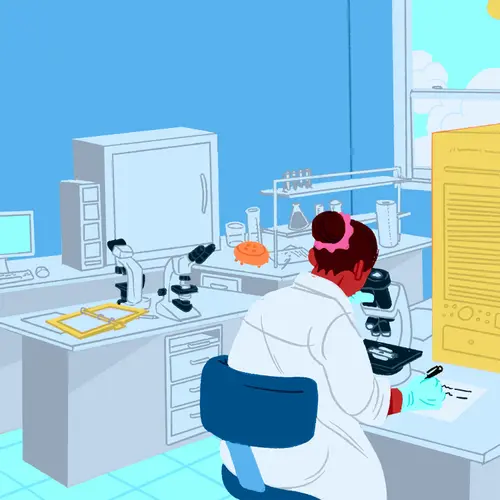An intra-aortic balloon pump, or IABP, is a long, skinny balloon that controls the flow of blood through your largest blood vessel, the aorta. The device gets smaller when your heart pumps so blood can flow out to the rest of your body. Then it gets bigger when your heart relaxes to keep more blood in your heart.
Your doctor may recommend an IABP if your heart isn’t getting enough blood or isn’t sending enough out to the rest of your body. This condition is called cardiogenic shock. It can happen after a heart attack, when your heart is weak, or because of another heart problem like:
- Arrhythmia -- when your heart doesn’t beat in a regular rhythm
- Myocarditis -- when an infection inflames your heart muscle
An IABP also might be used to help you recover from surgery to reopen or bypass a blocked artery near your heart.
It’s only in place for a short time, typically a few days, while you’re in the hospital.
What You Should Know
An IABP is attached to a tube called a catheter. Your doctor will put the catheter and balloon into an artery in one of your legs and use an X-ray camera to move it up to your aorta.
The device is hooked up to a machine that tells the balloon when to get bigger and when to get smaller. It uses helium to blow up the balloon because helium won’t cause problems in your body if it leaks.
If you’re already in surgery, like during a bypass, your doctor will put the device in while you’re asleep. If not, your doctor will give you medicine to help you relax, then they’ll use another medication to numb the part of your leg where they’ll put the catheter in.
You might feel a bit of chest pain, but you shouldn’t feel the IABP once it’s in place. Be sure to tell your doctor or a nurse if the pain doesn’t go away after a few minutes.
You’ll need to stay in bed and keep your leg straight to make sure the device doesn’t move. Your doctor and nurses will keep a close eye on you to make sure the IABP is working the way it should.
It may need to stay in your aorta for several days. When it’s time to take it out, your doctor will again give you medicine to relax, then pull out the catheter, and close the cut where it came out.
Possible Medical Problems
As with any procedure, there’s a chance of a problem. For example, it’s not unusual to have some bleeding in the area where the device was put in. But more serious issues, like trouble with the blood flow in your arms or legs or gas leaking from the balloon, are rare.

